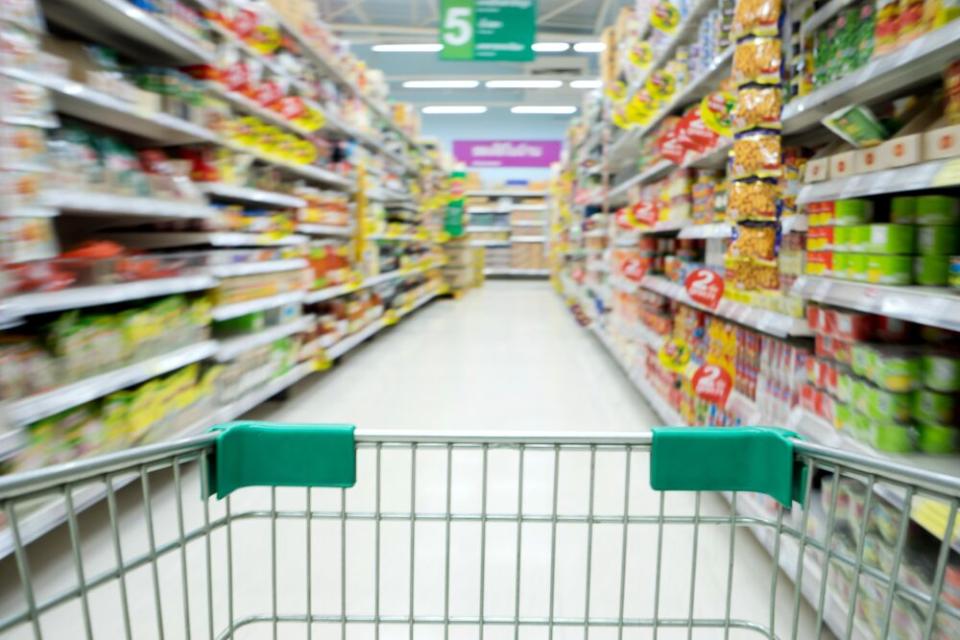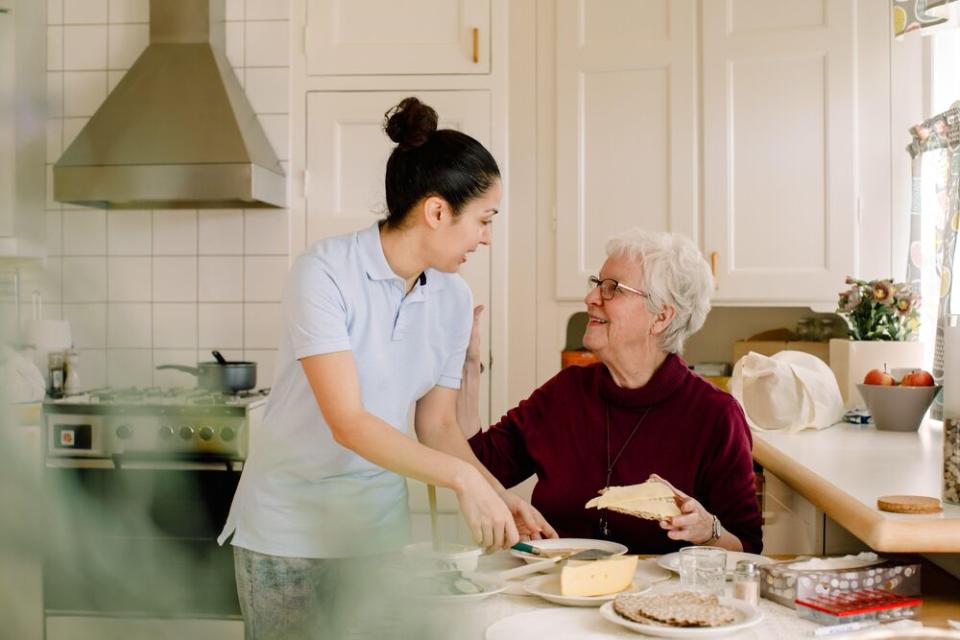The Coronavirus: How to Help Food Insecure Families
COVID-19 (the coronavirus) has a lot of us feeling on edge.
People living with food insecurity, however, are in a uniquely challenging position.
Limited access to adequate healthcare, school closures, job disruptions, lack of paid sick leave, compromised immune systems, and lack of information are all factors that contribute to the increased instability many households are experiencing right now.
Per the most recent USDA food security report, more than 37 million people (11 million of whom are children) are food insecure. This means they lack consistent access to enough food for an active, healthy life.
Here are some ways to help:
Donate to a charitable organization or food bank.

Feeding America, the largest hunger relief program in the U.S., launched the COVID-19 Response Fund this week. The $2.65 million fund will “enable food banks to secure the resources they need to serve the most vulnerable members of the community during this difficult time,” the organization says.
Charitable organizations dedicated to feeding hungry kids—like Blessings in a Backpack and Feed the Children—are also stepping up amid COVID-19-caused school closures.
Of course, you can always donate to your local food bank.
Every little bit counts.
To donate: Feeding America, Blessings in a Backpack, Feed the Children
Find your local food bank here.
Take basic precautions.
For yourself, but also for others.
Controlling the pandemic is key to keeping life as normal as possible for everyone, including food insecure adults and children.
Wash your hands often, self isolate if you need to, and stay away from large crowds.
Stockpile what you need, but don't go overboard.

Being prepared, especially during uncertain situations, is always a good idea. Experts recommend stocking your home with food, household staples, and medications that may become necessary if you’re isolated in your home.
However, not everyone is in a financial position that allows them to purchase a year’s worth of necessities at a time or go to five grocery stores in a single day.
Over-purchasing can lead to dangerous shortages. Instead of panic buying 200 rolls of toilet paper and the entire canned food aisle, stock your home with two to three weeks’ worth of nonperishable items and whatever household items/basic medications you might need.
Don’t forget about seniors.

As you likely know, older adults have a higher risk of getting very sick from the coronavirus.
It’s important to remember that 5.5 million seniors living in the U.S., or 7.7% of the country’s senior population, were food insecure in 2017.
Representatives from the National Association of Nutrition and Aging Services Programs (NANASP) and Meals on Wheels America sent a letter to Vice President Mike Pence and Secretary of Health and Human Services Alex Azar requesting supplemental emergency funding, roughly $250 million (25 percent of the current Older Americans Act nutrition program budget) to maintain senior nutrition programs.
Read more about NANASP—and how you can help them—here.

